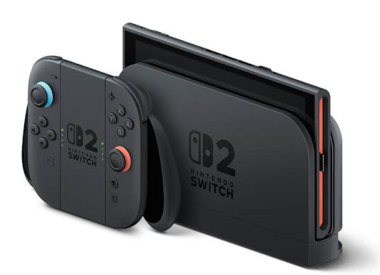Now that HTC has officially announced the price of the HTC Vive virtual reality headset and is accepting pre-orders, it’s time to compare the HTC Vive to the Oculus Rift VR headset. While the two are going head-to-head for the consumer’s pocketbook, the two differ vastly in terms of the minimum requirements they need to run on a computer, the price they’re being sold for, the features and specs they’re capable of and the games being released for them.
Due to a difference in design, the HTC Vive requires less RAM to run compared to the Oculus Rift , 4GB to 8GB. However, both VR headsets require a NVIDIA GeForce GTX 970 or AMD Radeon R9 290 equivalent video card (or greater), as well as an Intel i5-4590 equivalent CPU (or greater). The HTC Vive will run on a AMD FX 8350 CPU as well.
The Oculus Rift requires a HDMI 1.3 video output link, while the HTC Vive will only work on HDMI 1.4 (and later) or a DisplayPort 1.2 (or newer). The HTC Vive only needs one USB 2.0 (or greater) port to connect to a PC, while the Oculus Rift requires three USB 3.0 ports, plus at least one USB 2.0 (or greater) port.
Both devices also need to have Windows 7 SP1 or newer installed on the PC they’re connecting to. The Oculus Rift requires the 64-bit version of Windows as well. The Oculus has a compatibility tool Windows users can download and run to check if their system supports the device. Both Oculus and HTC have examples of PCs capable of running their devices on their websites, viewable here and here respectively.
While the HTC Vive isn’t accepting pre-orders until Feb. 29, the Oculus Rift is available to pre-order right now. To help entice customers, both devices are bundling accessories with the pre-orders. The Oculus Rift bundle is currently priced at $599 , with an expected ship date of July 2016, while the HTC Vive will run you $799.
For your money, the Oculus Rift bundle will get you the headset itself, a sensor, a remote, an Xbox One Controller and copies of EVE: Valkyrie and Lucky’s Tale. The Oculus sensor is placed in front of a user and works off of IR LEDs that “translate your movements into VR,” according to Oculus, while the remote allows you navigate through menus and control the volume. The headset comes with detachable audio arms. The Oculus Touch motion tracking controllers are not included in the bundle.
The HTC Vive pre-order bundle (Available Feb. 29 at 10 a.m. EST), on the other hand, comes with the headset, two wireless controllers, two motion tracking base stations, Vive ear buds, a Vive Link Box, and copies of Job Simulator and Fantastic Contraption. The HTC Vive’s motion tracking base stations use lasers to track a user’s movements, while the wireless controllers will allow users to control and direct objects in-game by using physical motions.
The HTC Vive does have a couple features the Oculus Rift does not have, including a front-facing camera to allow augmented reality support, and both iOS and Android integration to let HTC Vive users check text messages, view calendar notifications and answer phone calls without stopping gameplay.
Where do you fall in the Oculus Rift vs. the HTC Vive debate? Leave a comment below and share which one you’re planning on pre-ordering.

















